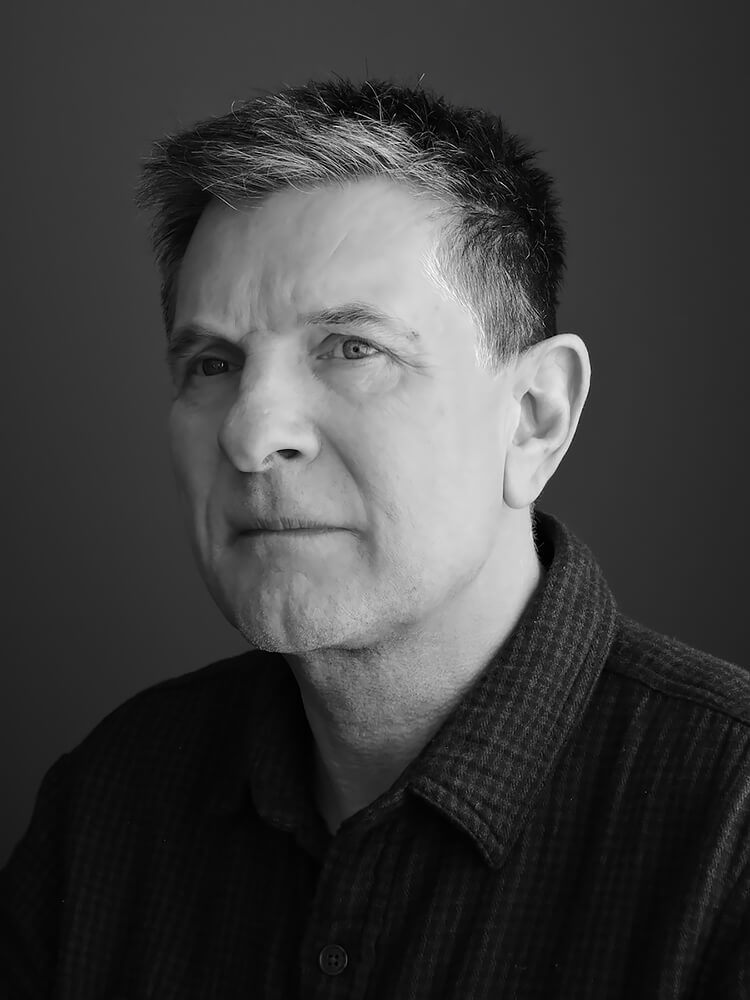Paul Hart studied at the London College of Printing (UK) and Nottingham Trent University (UK), graduating with a BA (Hons) in Photography in 1988. He works solely with the black and white analogue process using large and medium format cameras on long-term self initiated projects.
Hart is most well known for his Fenland series made as a three-part series over a ten year period from 2009 - 2018. For this work he was awarded the inaugural Wolf Suschitzky Photography Prize Residency 2018 (UK/Austria) and shortlisted for the Mark Rothko Memorial Trust Award Residency (Latvia) in the same year.
He has exhibited and published widely ; recent solo exhibitions include; Land Lines (Fen Ditton Gallery, Cambridge, UK. 2019), The Fenland Series (The Austrian Cultural Forum, London, UK. 2019), Poetry of Place (The Photographers' Gallery, London, UK. 2018) and group shows at The Royal Academy of Arts (London, UK. 2018) The Royal Photographic Society(Bristol, UK. 2018), The Cultural Foundation ARCADE (Dijon, France. 2017) as well as Photo London, Paris Photo and the AIPAD show (USA). He has published four monographs - RECLAIMED (2020), DRAINED (2018), FARMED (2016) and TRUNCATED (2009) with Dewi Lewis.
Hart's work resides in a growing number of important collections including the V&A Museum (London), the Ivor Braka Collection (London), MoMA Library Collection (NYC) and the Martin Parr Foundation Library (Bristol, UK).
Selected Books on

